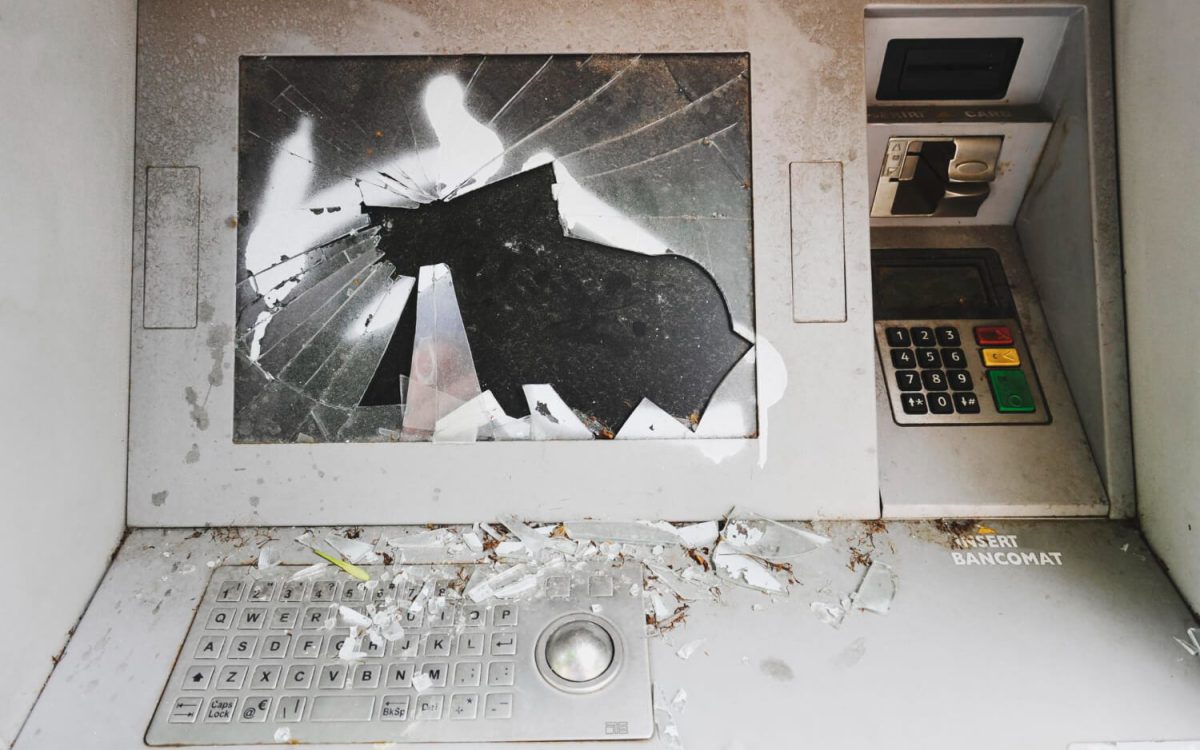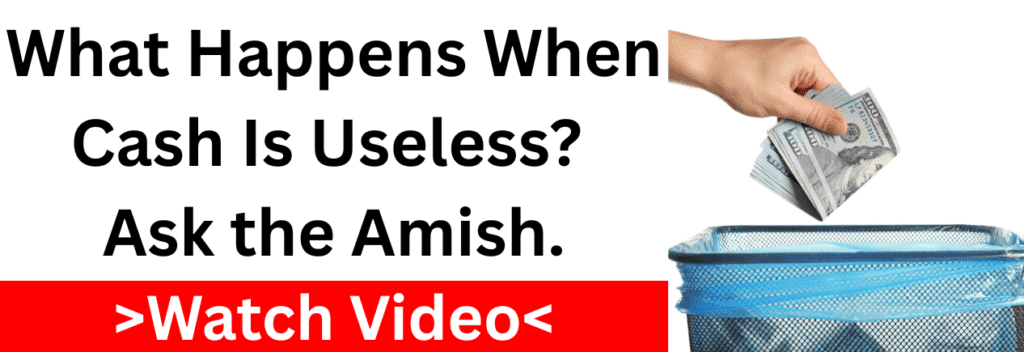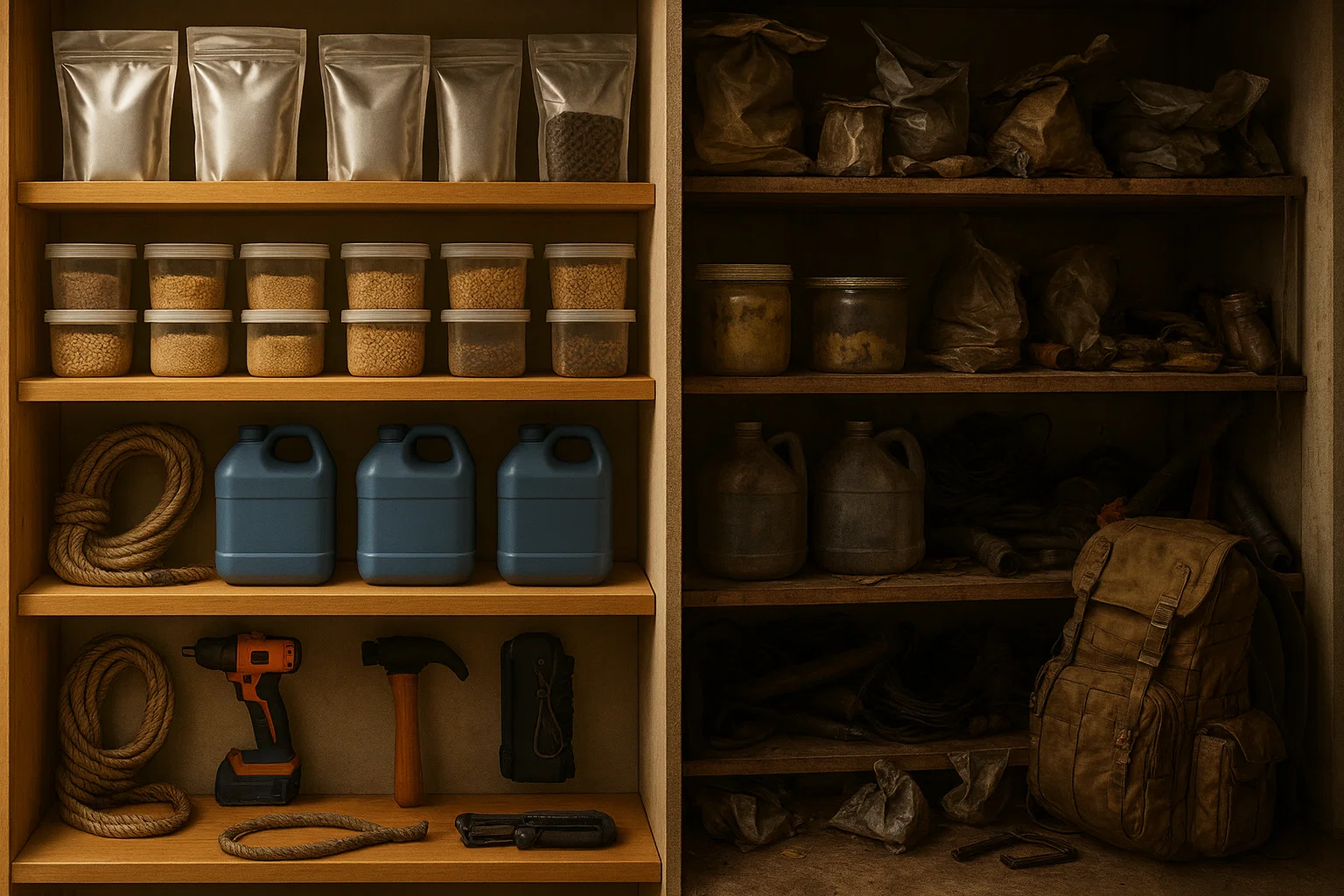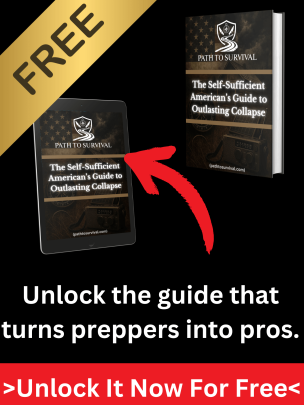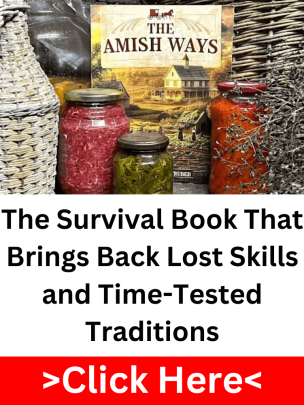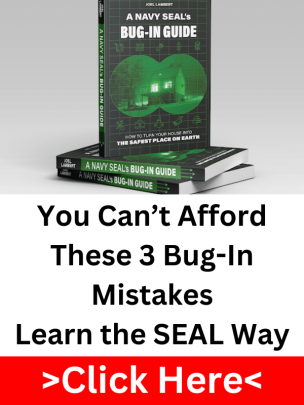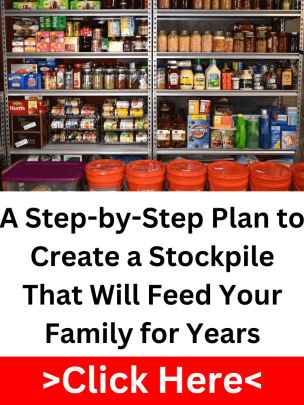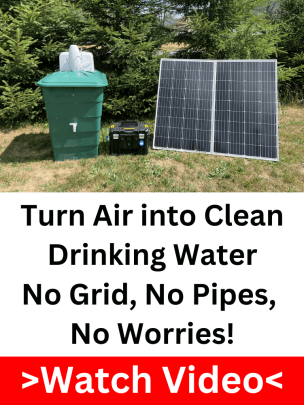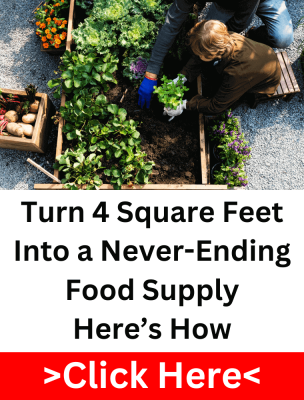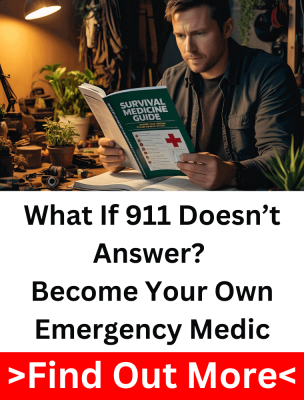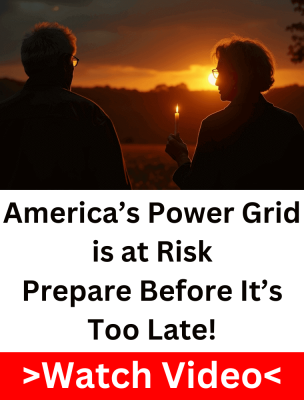You don’t need a financial expert to tell you something’s wrong. You’ve felt it. The grocery bill keeps climbing, gas never really dropped, and headlines keep popping up about store closures, rising delinquencies, and regional food shortages that never really got fixed. There’s a quiet kind of pressure that doesn’t go away anymore. It’s not just inflation, it’s instability, and it’s showing up in ways folks haven’t seen since the late ’70s. This isn’t just another bad quarter. It’s something deeper.
You see it around town. That neighbor who always seemed comfortable is suddenly downsizing. A local hardware shop goes out of business overnight. Grown kids move back in with their parents because work dried up again. No one wants to admit it out loud, but they’re worried, and they should be. The system’s showing cracks, and the people who once called preppers paranoid are starting to whisper the same concerns. Economic collapse isn’t a movie plot anymore, it’s beginning to feel like a slow-motion reality.
When a real collapse hits, it doesn’t show up in headlines first. It shows up in your pantry, your neighborhood, and your choices. It hits your home, not just Wall Street. That’s why economic collapse preparedness isn’t about fear, it’s about facing facts. The ones who see the storm coming and brace for it will be in a whole different position than those who thought it would all blow over. Because when the system slips, the people without a plan are always the first to panic.
When the Economy Crashes, These Are the First Things to Go

The moment things start to break down, it happens faster than most folks can react. Shelves clear out in hours, canned goods, water, rice, and even pet food. Gas stations run dry by the end of the day. And if you’re thinking you’ll just grab some cash when things get rough, good luck. ATMs either lock up or slap you with withdrawal limits. You’re not the only one with that idea, and the longer you wait, the slimmer the chances you’ll get what you need. And with banks and payment systems more digital than ever, even a cyberattack or outage could lock you out completely, without warning.
People have this false sense of security, like things will stay normal until there’s some big announcement. But real breakdowns don’t come with a countdown. One minute you’re watching prices climb, and the next, you’re standing in line with a cart full of nothing. The whole idea of stability disappears quickly when trucks stop moving and people start hoarding. That’s why economic collapse preparedness isn’t just a hobby, it’s a necessity for anyone paying attention.
Other Article: 7 Natural Antibiotics Every Prepper Should Stock Now
The worst part? Help usually shows up late. Just look at the recent bank collapses, by the time the public hears about it, it’s already too late. We’ve seen it before, disasters hit, and the response always drags. Delays in supplies, chaos in coordination, and a lack of boots on the ground always leave people fending for themselves in the early stages. If you’re still waiting for help once things go sideways, you’re already behind.
What You Should Be Stockpiling Right Now
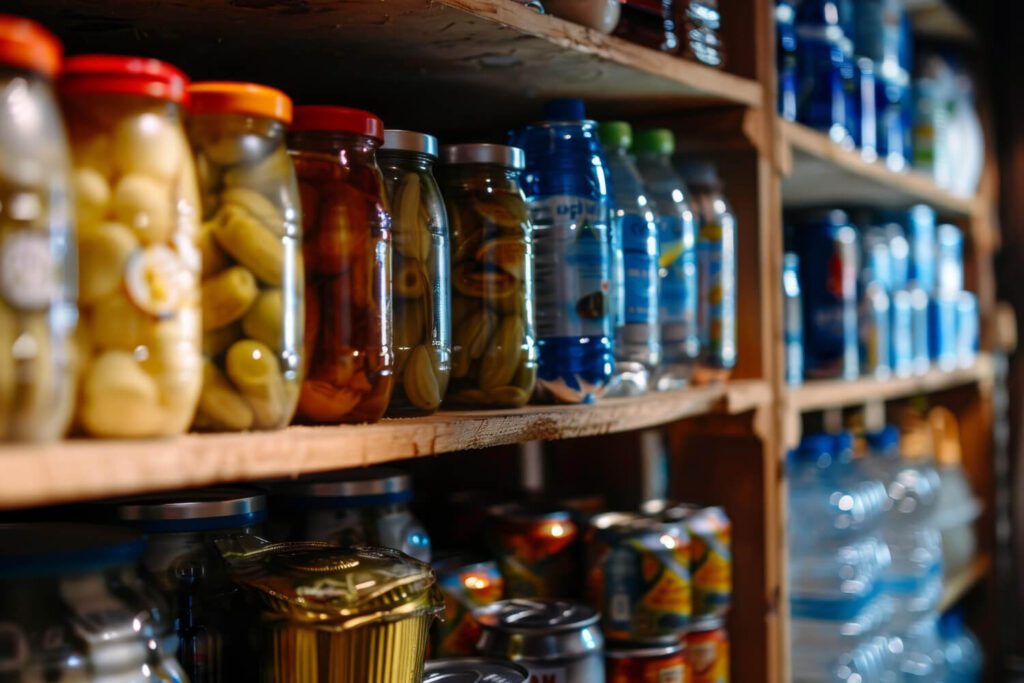
If you’re building your supplies, start with the basics, but do it smart. Skip the overpriced survival kits packed with junk you’ll never use. Go for low-cost items that last. Canned meat, powdered milk, dry beans, white rice, and oats aren’t fancy, but they keep you alive. Add salt, honey, and cooking oil, they’re cheap, they last, and they make everything else work better. Think of meals you can stretch, not just snacks that run out in a week.
Water is another thing folks overlook until they don’t have it. You can live weeks without food, but only days without clean water. Get a few 5-gallon containers, store them in a cool place, and rotate every six months. But don’t stop there. Pick up a reliable gravity-fed filter and learn how to collect rainwater or pull it from nearby sources. Purification tablets are cheap, and they work when you’ve got nothing else. No one talks about water until it’s too late, but when the grid goes down, you’ll be glad you planned.
As for food, stick with what gives you the most mileage. Dry goods like lentils, rice, and rolled oats are the backbone of any prepper’s pantry. They’re affordable, compact, and filling. Add canned proteins like tuna, chicken, or chili to cover your bases. Don’t forget spices, they take up no space, but they’ll make a world of difference when you’re living off the same meals week after week. This is economic collapse preparedness at its core: real food, shelf-stable, and simple to store.
There are still communities out there living without modern supply chains, quietly relying on time-tested methods passed down for generations. This guide reveals how they store food, manage resources, and trade without depending on the system, and it just might be the edge you need when shelves start going bare.
Other Article: The Forgotten Amish Techniques That Can Make You Completely Self-Sufficient
And don’t just think in terms of what your family needs, think in terms of what others might want when supplies get tight. Over-the-counter meds like ibuprofen, bandages, extra toothbrushes, toilet paper, and tampons all become valuable in a pinch. Small items like lighters, soap, and batteries are trade gold in any crisis. If you’re wondering how to prepare for economic collapse in a way that pays off, start with supplies that keep you alive, and stock a little extra for barter when things get tight.
How to Protect What’s Yours When Desperation Hits

Neighbors matter. Community can get you through the worst of it, but don’t mistake that for a safety net. When shelves are empty and services shut down, everyone’s thinking about their own families. If you’ve got supplies and others don’t, things can turn fast. Trust has limits when folks are hungry. It’s good to know who’s around you, to trade, to share if you can. But depending on others to keep you fed or safe? That’s a gamble.
Your best bet is to be quietly prepared. Keep your supplies tucked away, stay friendly but private, and don’t make your home a target. If your place doesn’t draw attention, it’s less likely to end up on someone’s list. You’re not cutting yourself off, you’re just keeping your cards close. Strong communities are built by strong individuals, and that starts with having your backup plan before you start helping someone else.
Use What You Know, And Learn What You Don’t

The gear runs out. Skills don’t. Anyone can buy a water filter or stash a few buckets of rice, but the folks who know how to make bread from scratch or fix a busted generator with spare parts are always one step ahead. Tools are helpful, sure, but knowing how to get by without them is what sets real preppers apart. The more you can do with less, the less you’ll need when supply lines break down.
Think simple: can you cook without a microwave? Can you sew a torn shirt, make broth from bones, or patch a leak? Those small, everyday skills aren’t flashy, but they’ll carry you through when others are panicking. And don’t overlook bartering. In hard times, knowing how to swap value for value, whether it’s a skill, a repair, or something as simple as a few extra batteries, can mean the difference between making it and coming up short.
Here are just a few must-have skills every household should work on:
- Basic home repairs: patching leaks, fixing toilets, unclogging drains
- Cooking from scratch: bread, stews, meals from shelf-stable ingredients
- Water purification: boiling, filtering, chemical treatment (or explore systems like this one that can pull clean water right from the air)
- Gardening: Even small-scale growing makes a difference (and this guide shows how to grow real food even with barely any space)
- Bartering and trade: learning what’s valuable when cash isn’t
- First aid: handling cuts, burns, infections without a clinic (this guide shows you how to do it even when no doctors are around)
Don’t keep the knowledge to yourself, either. Teach your kids or grandkids how to do the basics. Show them how to build a fire, fix something with their hands, and grow a tomato plant. Make learning part of the routine before they’re forced to learn the hard way. The best kind of economic collapse preparedness is passed down at the kitchen table, not crammed in a bug-out bag.
Other Article: If You Plan to Survive in the Wild, Don’t Forget These
Build Your Own Survival Systems, Even on a Tight Budget
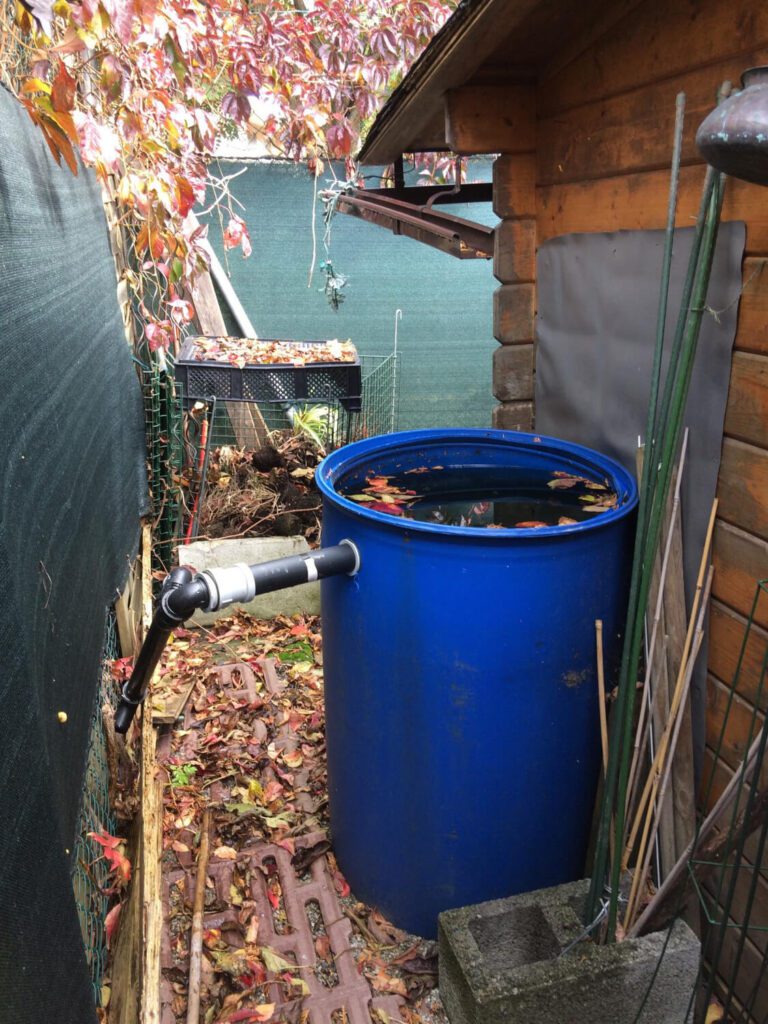
Buying high-end gear might look impressive, but most of the systems that keep you going in a collapse can be built with a bit of know-how and elbow grease. That’s the beauty of DIY prepping, you’re not just collecting tools, you’re creating real solutions. And more importantly, you’re saving money while building skills that’ll serve you long after store shelves go bare.
Here are a few easy, budget-friendly systems every prepper should consider building:
- DIY gravity-fed water filter: Two food-grade buckets, a ceramic filter element, and you’ve got clean water for years
- Rainwater harvesting barrel: Catch runoff from your gutters for drinking, cleaning, or garden use
- Simple root cellar: A buried trash can or insulated bin can keep vegetables cool and fresh without power
- Can rotation rack: Build a slanted shelf system with scrap wood to automatically rotate your canned goods
- Solar yard light setup: Recharge outdoors during the day and use indoors at night
- Cardboard solar oven: Line a box with foil and a clear top, great for heating meals or purifying water
These aren’t just side projects, they’re real-life systems that make your home more resilient when things go sideways. That’s the heart of economic collapse preparedness: making the most of what you have, and never depending on someone else to save you when the system fails.
One Simple Plan to Stay Ahead of the Panic
You don’t need to prep over a weekend. The smartest people in this space didn’t build their stockpile in a panic, they built it a little at a time, month by month. One extra bag of rice. A few cans every trip. A tool picked up at a garage sale. It’s not glamorous, but it works. And more importantly, it keeps you calm while everyone else is rushing out the door at the last minute. A steady routine is what separates the prepared from the panicked.
Make it a family thing. Don’t just store food, cook with it. Don’t just buy gear, use it. The more your family sees prepping as part of daily life, the more natural it becomes. One weekend, you’re organizing supplies, the next, you’re testing out your water filter in the backyard. These aren’t just tasks, they’re habits. And over time, those habits turn into a solid plan that doesn’t break the bank or burn you out.
No one’s coming to fix the system for you. And deep down, most folks already know that. We’ve seen how fast things can unravel, jobs lost overnight, shelves wiped clean in hours, people waiting on help that never shows. The difference between getting caught in the wave and riding it out is what you do before it hits. Economic collapse preparedness isn’t some extreme hobby, it’s just common sense, done on your terms, before you’re out of options. In a world where a cyberattack can freeze access to your money overnight, waiting just isn’t an option anymore.
So don’t wait for another sign. Build your routine. Learn something useful. Stock what matters. You don’t have to prep like it’s the end of the world, you just need to start acting like the world we know might not always run on schedule. Quiet action today beats loud regret tomorrow. Stay steady, stay smart, and keep moving forward.

